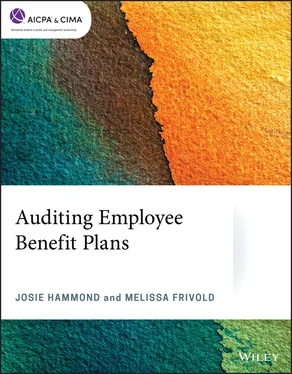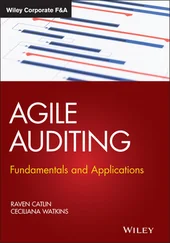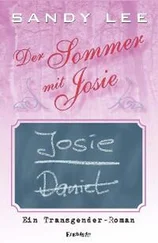All plans should disclose the master trust’s other assets and liabilities, as well as the dollar amount of the plan’s interest in each of those assets and liabilities.
The current GAAP requirement to disclose, for plans with a divided interest in a master trust, the plan’s overall percentage in the master trust, is removed in order to avoid requiring redundant information.
A health and welfare plan is not required to provide investment disclosures for 401(h) account assets because those disclosures are required to be provided within the defined benefit pension plan financial statements. However, the EITF decided to require the disclosure of the defined pension plan name within the health and welfare benefit plan so that all users can access the investment disclosure information relating to the 401(h) accounts, if desired.
ASU No. 2017-06 is effective for the fiscal periods beginning after December 15, 2018. Early adoption is permitted. Upon adoption, the amendments shall be applied retrospectively to all periods presented.
Participants are encouraged to consult the full text of ASU No. 2017-06 on FASB’s website at www.fasb.org.
Codification Improvements – FASB ASU No. 2018-09
In July 2018, FASB issued ASU No. 2018-09, Codification Improvements . The amendments in FASB ASU No. 2018-09 represent changes to clarify, correct errors in, or make minor improvements to FASB ASC. Among the amendments, an illustration in ASC 962 was modified. The ASU stated the following: “The amendment to Subtopic 962-325 in this Update removes the stable value common collective trust fund from the illustrative example in paragraph 962-325- 55-17 to avoid the interpretation that such an investment would never have a readily determinable fair value and, therefore, would always use the net asset value per share as practical expedient. Rather, a plan should evaluate whether a readily determinable fair value exists to determine whether those investments may qualify for the practical expedient to measure at net asset value in accordance with Topic 820.”
The transition and effective date guidance for the amendments in FASB ASU No. 2018-09 is based on the facts and circumstances of each amendment. Some of the amendments in FASB ASU No. 2018-09 do not require transition guidance and were effective upon issuance. However, many of the amendments do have transition guidance with effective dates for annual periods beginning after December 15, 2018, for public business entities.
Participants are encouraged to consult the full text of ASU No. 2018-09 on FASB’s website at www.fasb.org
Fair Value Measurement - FASB ASU No. 2018-13
In August 2018, FASB issued ASU No. 2018-13, Fair Value Measurement (Topic 820): Disclosure Framework—Changes to the Disclosure Requirements for Fair Value Measurement , to modify the disclosure requirements on fair value measurements in FASB ASC 820, Fair Value Measurement .
The following disclosure requirements were removed from FASB ASC 820:
1 The amount and reasons for transfers between level 1 and level 2 of the fair value hierarchy.
2 The policy for timing of transfers between levels.
3 The valuation processes for level 3 fair value measurements.
4 For nonpublic entities, the changes in unrealized gains and losses for the period included in earnings for recurring level 3 fair value measurements held at the end of the reporting period.
FASB ASU No. 2018-13 modified certain disclosure requirements. For a nonpublic entity, the modifications include disclosing transfers into and out of level 3 of the fair value hierarchy and purchases and issues of level 3 assets and liabilities instead of a rollforward for level 3 fair value measurements. In addition, disclosure requirements were added for public entities.
The amendments in FASB ASU No. 2018-13 are effective for all entities for fiscal years beginning after December 15, 2019.
Participants are encouraged to consult the full text of ASU No. 2018-13 on FASB’s website at www.fasb.org
Note.This section does not include all recently issued accounting standards updates. Auditors should monitor FASB developments at http://asc.fasb.org/home.
Конец ознакомительного фрагмента.
Текст предоставлен ООО «ЛитРес».
Прочитайте эту книгу целиком, на ЛитРес.
Безопасно оплатить книгу можно банковской картой Visa, MasterCard, Maestro, со счета мобильного телефона, с платежного терминала, в салоне МТС или Связной, через PayPal, WebMoney, Яндекс.Деньги, QIWI Кошелек, бонусными картами или другим удобным Вам способом.











